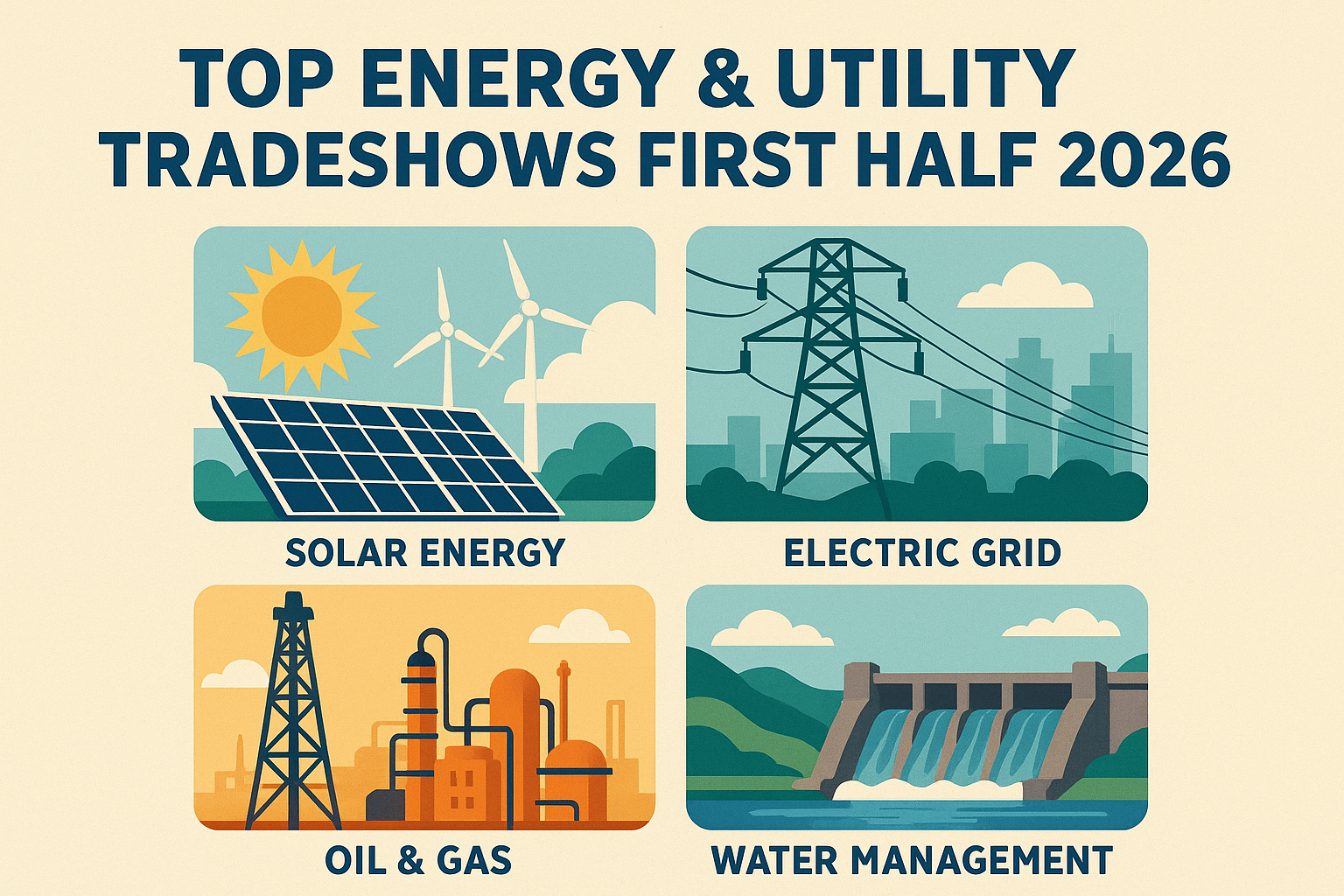Beta to Launch
Your B2B focused SaaS product just had its first public release, and you’re excited about it. Beta users liked what they saw, and you’re in business.
Imagine that you know what problems your product can solve, and for who. What do you next?
Take it to a set of users, have them use it, and get them (or their companies) to pay for it 🙂
Let us say, you had 10 people try out the v1 of your product, and most of them gave you a positive feedback – some even tweeted or shared on linkedin about your product.
First Revenues
What do you do next? Send them a payment link or ask them if they’d like to move to a “paid” version.
Let us say, 3 of the users who liked your product, agreed and asked for the payment link. Wohoo – you received your first revenues from the companies these 3 users work at!
Now that you have a $$-making machine, what do you do next?
Find more such people, and try to sell your product to them.
In the next 15 days, you got 3 more users who liked and paid for your product either with their personal credit card, or via their company.
Seems like if you replicate this process with 10 times the number of users, you’ll get 30 paying users.
It so happened that from the first set of 20 users, a majority were your friends / ex-colleagues / warm introductions. Now, where do you get the next 200 users?
Turn to linkedin and look through your connections, like I did? In addition, post some messages on twitter, facebook, instagram and other networks you’re part of, about your product.
Go To Market
In all, that gets 250 users interested, and you see a spike in your website traffic over the next few days. Nevertheless, the kind of users vary from your friend’s cousin to your ex-boss’ retired colleague, and everyone in between.
Assuming you’re generally good in arithmetic, you were expecting 75 paying subscribers from this 250 users, especially since you got 6 paying subscribers from 20 users earlier.
(6/20) times 250 = 75
conversion metric with simple arithmetic
But, what you got was 100 people trying your product, of which 60 came to cheer for someone in their network or were curious to spend a few minutes after lunch or liked the logo or your product’s name or something else.
That left 40 users perhaps showing legit interest in what your product does.
Market Reality 🙂
Now you follow up with these users, and get about half of them sharing good feedback (Yay), half of the other half sharing not-so-good feedback (Nay), and the remaining sharing nothing (Meh).
Of the 20 users with good feedback, 5 are willing to pay, 5 think they can’t pay (or won’t pay), 5 have to ask someone else (boss or S/O) and 5 have moved to “airplane mode” (no response to mail/call/text/whatsapp/signal).
You send payment link to 5, receive the money, take a cup of coffee and wonder:
20 users => 6 paying customers — (1)
250 users => 5 paying customers — (2)
How do we solve for this set of simultaneous inscrutable equations?
Total Addressable Market
Enter “Total Addressable Market”
You remember one of your MBA friends talking about “TAM” during a coffee chat sometime ago. Digging in further, you understand that TAM is
“Total Addressable Market” – the number of entities that might have the problem your product solves for, and might have the capacity to pay for
With some some napkin calculations, you arrived at 2.5M users who might have the problem your product solves for.
If you could get 30% of them to pay for your product, that will be 750,000 users paying you money!! Won’t that be just amazing?
Sell to User or Sell to Company?
That bodes the question
“How do I reach 2.5M users so that I can generate revenue from 750K users?”
You do additional math on a new napkin, and estimate that these 2.5M users belong to about 800K companies.
Among the set of paying customers that you have, most have paid via their company, except for a couple paying via their personal credit card.
Now you have a hypothesis, that to get 750K users to become customers, you have to find a way to make their companies as customers.
When you look around, in most of the situations, companies can pay you more revenue than individual users can.
If a company has multiple users that you can charge for, you could potentially get 1 user to pay you via the company, and increase your revenue from the company over time.
This is also known as the “land and expand” strategy.
Outbound Sales?
How will you reach out to these users, and get them to use+buy your product?
This is where Outbound Sales can play a role.
What is Outbound Sales?
- You proactively reach out to people for whom your product seems most relevant (Target Buyer/User Persona), in companies where they are likely to need your product (Ideal Customer Profile).
- You engage and communicate with these users, via multiple communication channels (Email / LinkedIn / Phone) and multiple media (Text / Audio / Video).
- Through your engagement, you qualify whether these people (and their companies) have the problem you are solving for, and how likely is your product a consideration for them.
- Once you have their attention, get them interested, and see if they can become a sales opportunity.
By executing these steps in a systematic and consistent way with all the users that you believe are in your TAM, you are creating an Outbound Sales Motion.
Basic Ingredients for Outbound Sales
In order to set this engine running, you can reverse engineer and find that what you need are:
- Definitions of your Ideal Customer Profile, Buyer Persona and User Persona
- Accounts: A list of companies (or accounts) that fit your ICP
- Prospects: A list of people that fit your Buyer Persona or User Persona from these accounts, along with their contact details such as email/linkedin/phone
So, by just having these pieces of information, can you say you have an Outbound Sales motion?
Well, this is definitely a great first step, and should give you food for thought.
The engine revvs when you are in the driver’s seat and have a plan to get to somewhere.
In my next post, we’ll share learnings about how these revenue engines kick off and generate power. Some of these concern the process of how you engage your prospects using messages that bridge their context and your value proposition.




